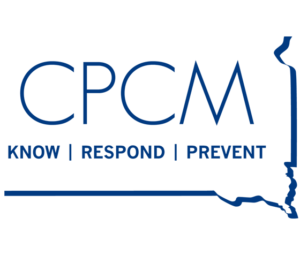Child Sexual Abuse Resources
Child sexual abuse is any interaction between a child and an adult (or another child) in which the child is used for the sexual stimulation of the perpetrator or an observer. Sexual abuse can include both touching and non-touching behaviors.
Know the facts:
- 1 in 4 girls and 1 in 13 boys in the United States experience child sexual abuse.
- 91% of child sexual abuse is perpetrated by someone known and trusted by the child or child’s family.
Potential signs of child sexual abuse:
- An increase in nightmares and/or other sleeping difficulties.
- Withdrawn behavior.
- Angry outbursts.
- Anxiety.
- Depression.
- Not wanting to be left alone with a particular individual(s).
- Sexual knowledge, language, and/or behaviors that are inappropriate for the child’s age.
Reasons children may not tell:
- Threats of bodily harm (to the child and/or the child’s family).
- Fear of being removed from the home.
- Fear of not being believed.
- Shame or guilt.
If a child discloses to you:
- Stay calm.
- Listen carefully.
- Believe your child.
- Don’t blame your child.
- Protect your child.
- Seek medical care.
- Report: Contact local law enforcement or SD Child Protective Services at 877-244-0864 to report the abuse. In case of an emergency, call 911.
- Get ongoing assistance: Children’s Advocacy Centers of SD locations offer best practices in serving abused children through a multi-disciplinary approach of law enforcement, child protection services, prosecutors, medical providers, mental health counselors, and victim’s advocates.
- Seek therapy services: Counseling services and parent support groups can be found by dialing Helpline Center, 211.
Tips to help protect children from sexual abuse:
- Teach children accurate names of private body parts.
- Avoid focusing only on “stranger danger.”
- Teach children about body safety and their right to say no to touching others.
- Make sure children know that they will never need to help with private parts of adults and older children.
- Teach children to take care of their own private parts (bathing, wiping).
Learn more:
- Enough Abuse is a framework for looking at child sexual abuse as the public health problem that it is.
- Includes communication tips for talking to children in a healthy and neutral way about their bodies sexuality and safety.
- Offers action steps that everyone can take to be a part of knowing, responding, and preventing.
- Training is free, available across the state, and available in small or large-group format.
- Next public training is December 14.
Information provided by CDC Child Sexual Abuse Fast Facts and National Child Traumatic Stress Network Child Sexual Abuse Fact Sheet.

